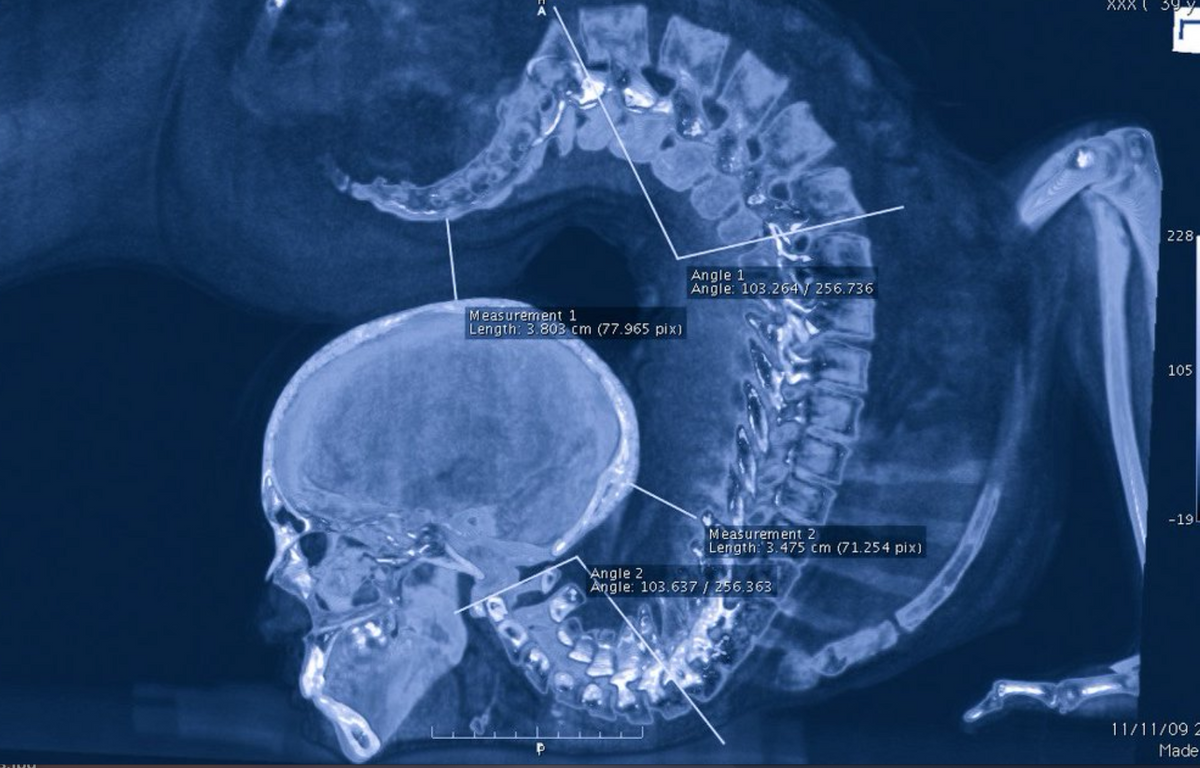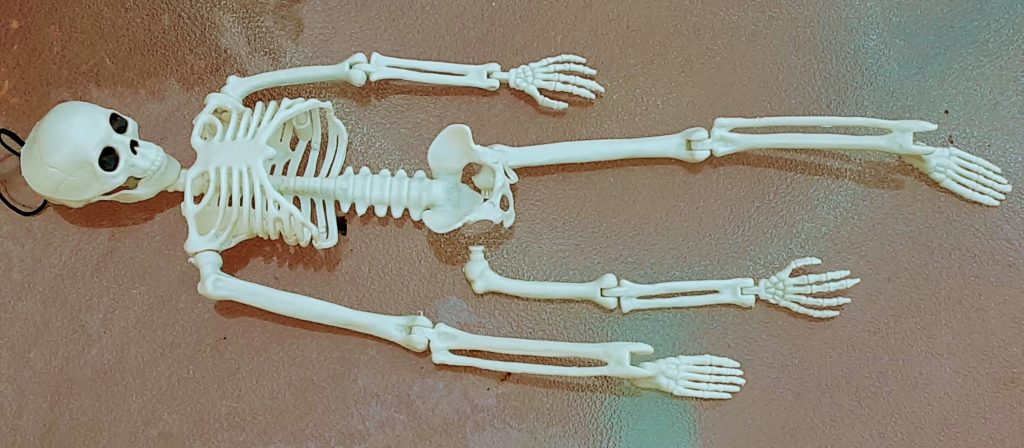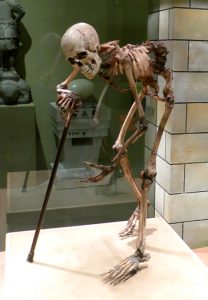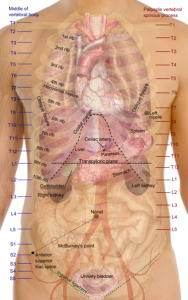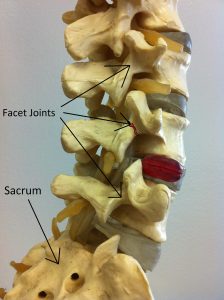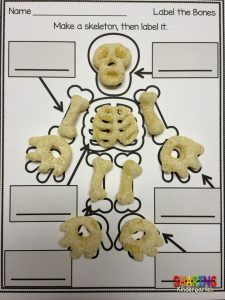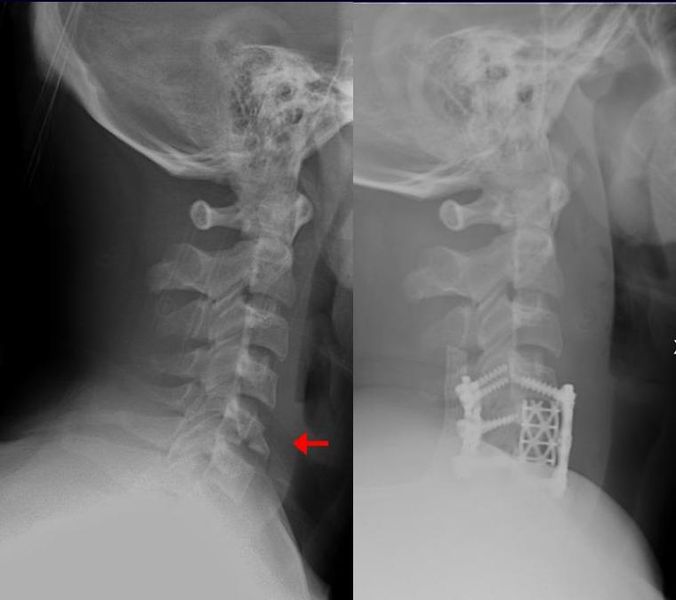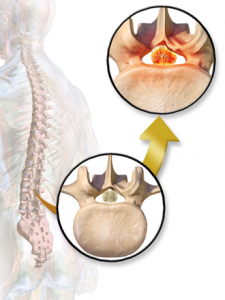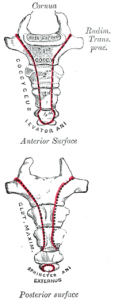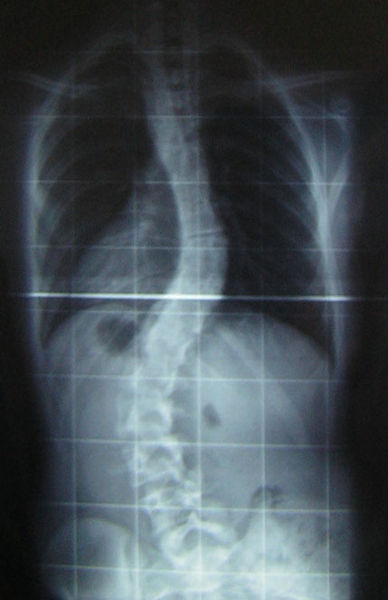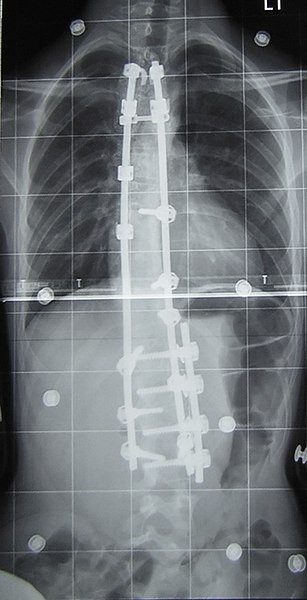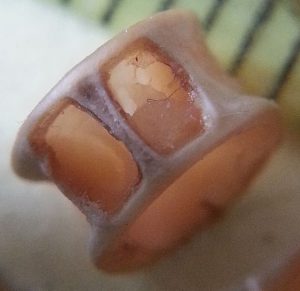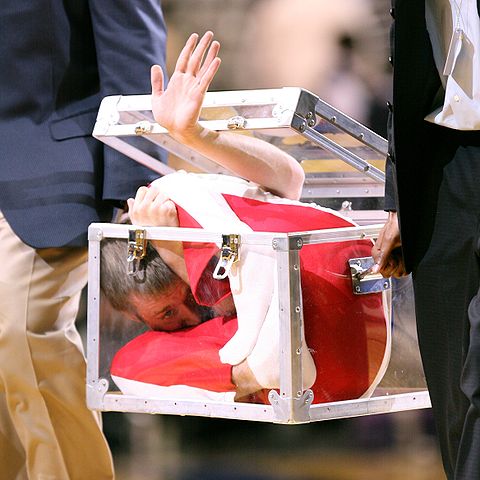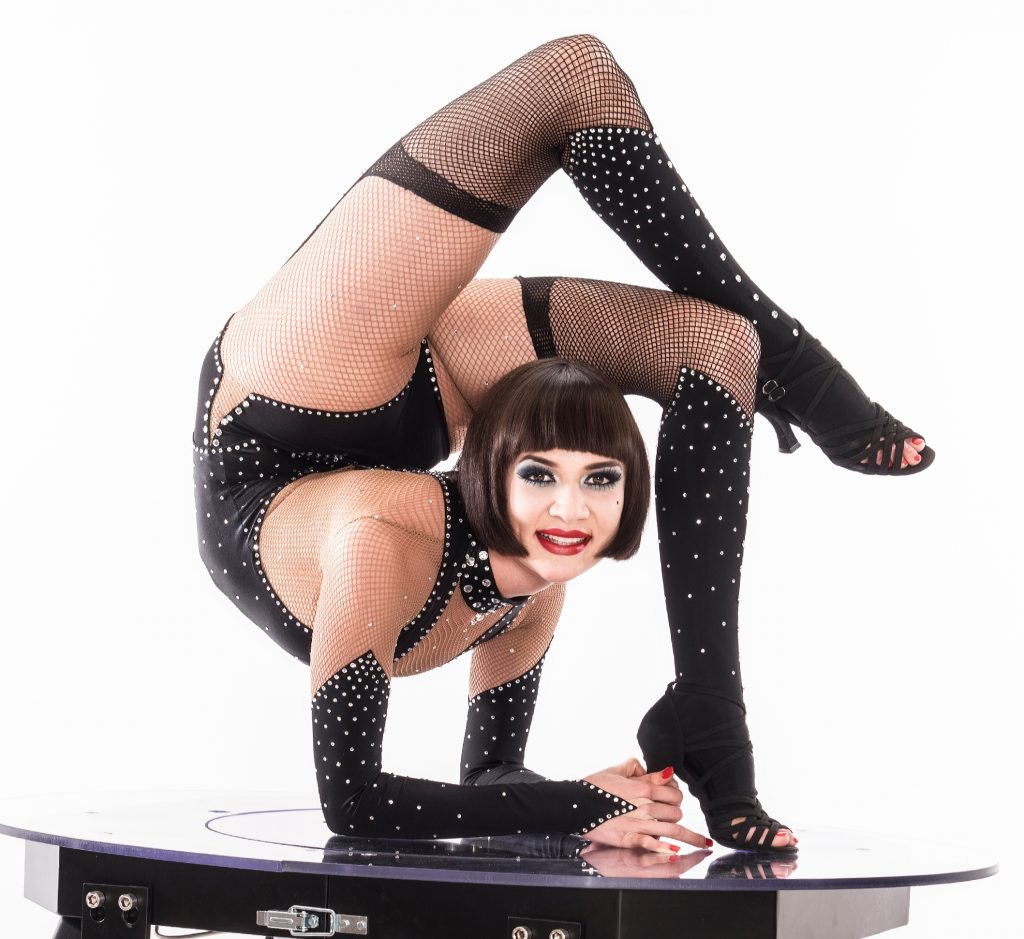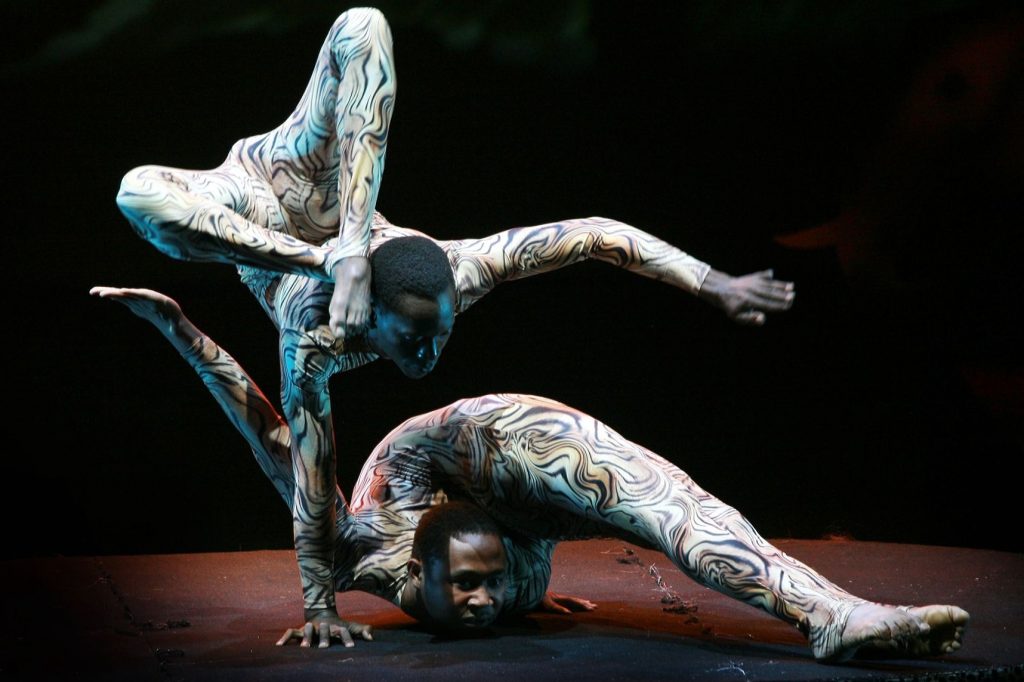I wrote about bones last week, but the spine deserves a starring role. For one thing, the spinal cord (along with the brain) control everything else in the body. The spine is the bony canal and transmission hub for the spinal cord. Scroll on through and find the parts most interesting to you!
Spine Facts
- The spine is extremely flexible, allowing people to move in so many ways.
- It has more than 120 muscles attached.
- Over 100 joints allow for the spine’s extreme flexibility and range of movement.
- It can bend far enough back to make ⅔ of a circle.
- The spinal column includes approximately 220 individual ligaments.
- These ligaments keep the vertebrae interconnected, which is paramount to keeping the spine (as well as the nerves it’s protecting within the spinal cord) stable.
- Cartilage in the spine can expand and contract.
- Over one fourth of the spine’s total length is created from cartilage, the sponge-like substance that separates one vertebral disc from the next.
- Gravity can cause the cartilage to expand and contract. Sometimes when people go into space they come back taller!
- People are also taller in the morning than at night, because at night gravity has been pushing down on the spine all day.
- Exercise programs that emphasize good posture and strong torso muscles can reduce pressure on individual vertebral discs, increasing height.
- It is also why people “shrink” with age: the permanent compression of cartilage can shorten one’s height by two inches or more.
- The spine has an exceptional memory.
- The spine remembers one’s usual posture.
- A habit of bad posture is difficult to change.
- But a spine will remember good posture, too, once it’s established.
- Approximately 80% of Americans will suffer back pain in their lifetimes.
- Back pain is the number one reason that people miss work in the U.S.
- Back pain in also a leading cause behind disability claims in the United States.
- Most back pain, approximately 80%, doesn’t require medical treatment and typically subsides in one to two months.
- The most common cause of spinal cord trauma and resulting back pain in America is car accidents.
- Most back pain is experienced in the lower back.
- This is because the lower back is constantly twisting and stretching.
- Some scientists believe that back pain is due to evolution, and in many ways is not preventable.
- Homo sapiens never fully evolved to walk upright, but reproductive drive shifted away from species survival.
- Babies’ spines begin developing just two months after conception.
- The spine is the first bone to start to grow in utero.
- When we’re born, our spines consist of 33 individual vertebrae. As we age, some of these vertebrae fuse together.
- The five vertebrae composing our sacrum become one bone and the coccygeal vertebrae – which can vary from three to five bones – fuse together as one.
- Thus, the tailbone is formed.
- The spine is incredibly strong.
- It can hold hundreds of pounds / kilograms of weight.
Spine Functions
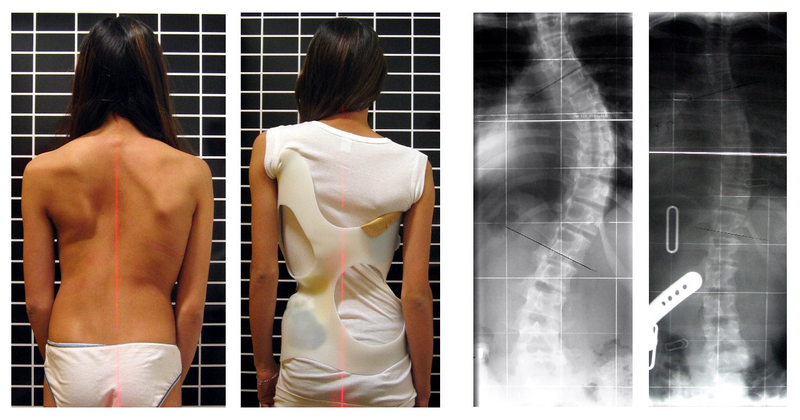
And Some Surprising Effects on Our Daily Functioning
- Cervical Spine = 7 vertebrae. (FYI, humans and giraffes have the same number of vertebrae in their necks.)
- C1, is sometimes called Atlas. This is a reference to the Greek mythological Atlas who was burdened with carrying the world on top of his shoulders (much like the neck supports and carries the weight of the head). C1 is involved in blood supply to the head, pituitary gland, scalp, bones of the face, brain, inner and middle ear, and sympathetic nervous system. Possible symptoms of problems:
- Headaches and migraines
- Nervousness
- Insomnia
- Head colds
- High blood pressure
- Amnesia
- Chronic tiredness
- Dizziness
- C2: also called the Axis, involved with eyes, optic nerves, auditory nerves, sinuses, mastoid bones, tongue, and forehead. Possible symptoms of dysfunction:
- Sinus trouble
- Allergies
- Pain around eyes
- Earache
- Fainting spells
- Certain cases of blindness
- Crossed eyes
- Deafness
- C3: cheeks, outer ear, face bones, teeth, trifocal nerve
- Neuralgia
- Neuritis
- Acne/pimples
- Eczema
- C4: cheeks, outer ear, face bones, teeth, trifacial nerve
- Hay fever
- Runny nose
- Hearing loss
- Adenoids
- C5: vocal cords, neck glands, pharynx
- Laryngitis
- Hoarseness
- Throat conditions such as sore throat or quinsy
- C6: neck muscles, shoulders, tonsils
- Stiff neck (of course)
- Pain in upper arm
- Tonsilitis
- Chronic cough or croup
- C7: thyroid gland, bursae in the shoulders, elbows
- Bursitis
- Colds
- Thyroid conditions, which can relate to weight, fatigue, hair loss, cold hands and feet
- C1, is sometimes called Atlas. This is a reference to the Greek mythological Atlas who was burdened with carrying the world on top of his shoulders (much like the neck supports and carries the weight of the head). C1 is involved in blood supply to the head, pituitary gland, scalp, bones of the face, brain, inner and middle ear, and sympathetic nervous system. Possible symptoms of problems:
- Thoracic Spine = 12 vertebrae– the middle portion of the back
- T1: arms from the elbows down, including hands, wrists and fingers, esophagus and trachea
- Asthma
- Cough
- Difficulty breathing
- Shortness of breath
- Pain in lower arms and hands
- T2: heart, including its valves and covering, coronary arteries
- Functional heart conditions
- Certain chest conditions
- T3: lungs, bronchial tubes, pleura, chest, breast tissue
- Bronchitis
- Pleurisy
- Pneumonia
- Congestion
- Influenza
- T4: gallbladder, common duct
- Gallbladder conditions (of course)
- Jaundice
- Shingles
- T5: liver, solar plexus, circulation (general)
- Liver conditions
- Fevers
- Blood pressure problems
- Poor circulation
- Arthritis
- T6: stomach
- Nervous stomach
- Indigestion
- Heartburn
- Dyspepsia
- Other stomach troubles
- T7: pancreas, duodenum
- Ulcers
- Gastritis
- T8: spleen
- Lowered resistance
- T9: adrenal and suprarenal glands
- Allergies
- Hives
- T10: kidneys
- Hardening of the arteries
- Chronic tiredness
- Nephritis
- Pyelitis
- Other kidney problems
- T11: kidneys, ureters
- Acne
- Pimples
- Eczema
- Boils
- Other skin conditions
- T12: small intestines, lymph circulation
- Rheumatism
- Gas pains
- Certain types of sterility
- T1: arms from the elbows down, including hands, wrists and fingers, esophagus and trachea
- Lumbar Spine = 5 vertebrae – the lower back.
- L1: large intestines, inguinal rings
- Constipation
- Colitis
- Dysentary
- Diarrhea
- Some ruptures or hernias
- L2: appendix, abdomen, upper leg
- Cramps
- Difficulty breathing
- Minor varicose veins
- L3: sex organs, uterus, bladder, knees
- Bladder troubles
- Menstrual troubles/ pain/ irregularity
- Miscarriages
- Bed wetting
- Impotence
- “Change of life” symptoms
- Many knee pains
- L4: prostate gland, muscles of the lower back, sciatic nerve
- Sciatica
- Lumbago
- Painful or too frequent urination
- Backaches
- L5: lower legs, ankles, feet
- Poor circulation in the legs
- Swollen ankles
- Weak ankles and arches
- Cold feet
- Weakness in the legs
- Leg cramps
- L1: large intestines, inguinal rings
- Sacrum: hip bones, buttocks
- Spinal curvatures
- Sacroiliac conditions
- Coccyx: rectum, anus
- Hemorrhoids
- Pruritus (itching)
- Pain at end of spine on sitting
The spine is truly fascinating! While its complexity interests us, that complexity is one reason so many different spinal conditions exist. If you’re suffering from back pain beyond occasional stiffness and muscle stress, it’s recommended you consult your physician to see if a visit to a spinal specialist or chiropractor is warranted.
Quotes about spines (literal, metaphorical, and figurative).
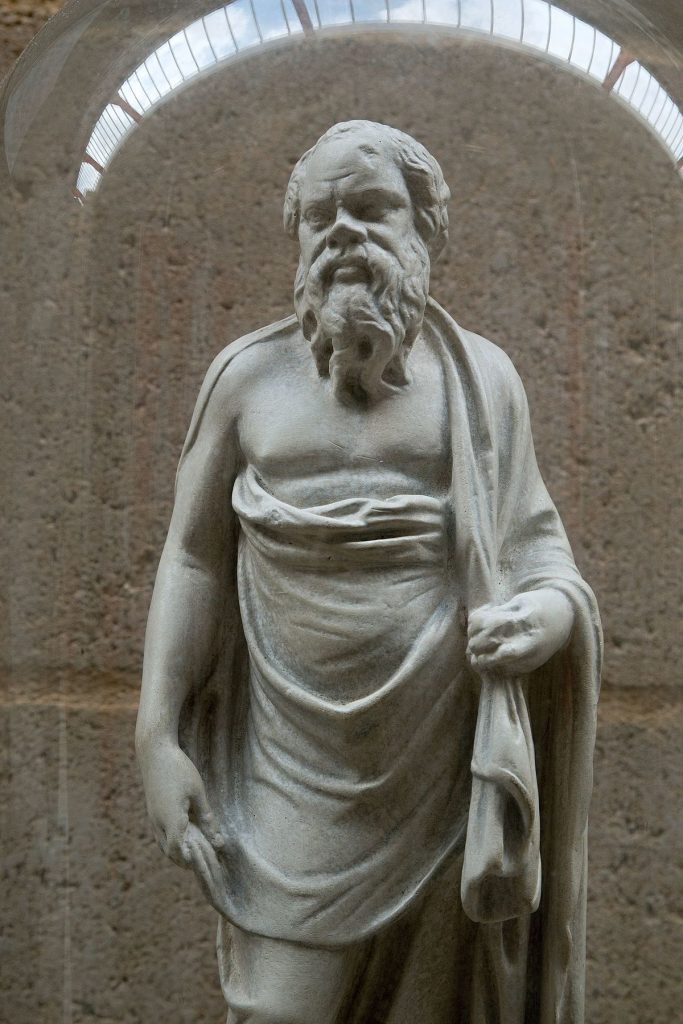
If you would seek health, look first to the spine.
— Socrates

You only really discover the strength of your spine when your back is against the wall.
— James Geary

My books are written with a strong chronological spine.
— Doris Kearns Goodwin

Life is so spine chillingly beautiful. — Amani Al-Khatahtbeh
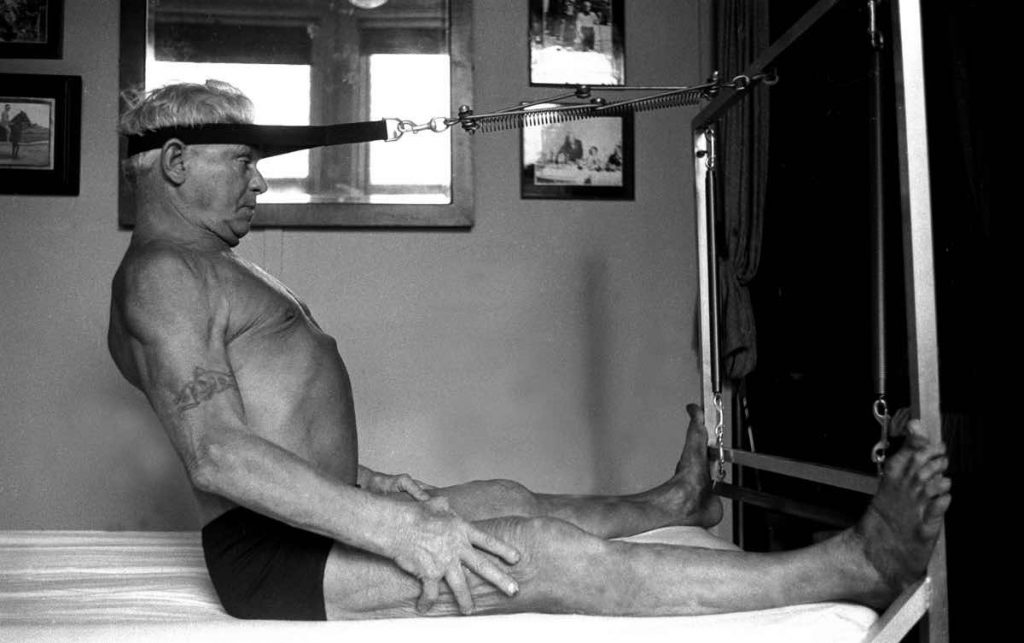
You’re only as old as your spine is flexible.
— Joseph Pilates

Having a spine is overrated. If everybody squealed and ran away, there’d be no more wars. — Robert Anton Wilson
Bottom Line: Consider all the ways spinal injury or malfunction can complicate one’s life, from being paraplegic to urinary incontinence.
